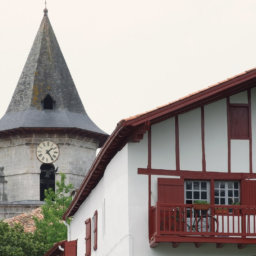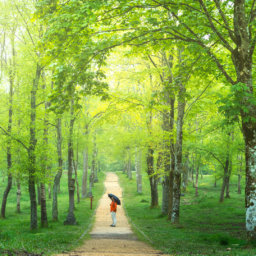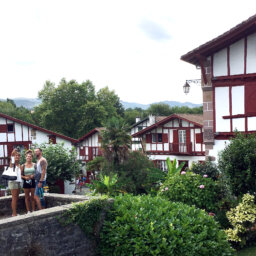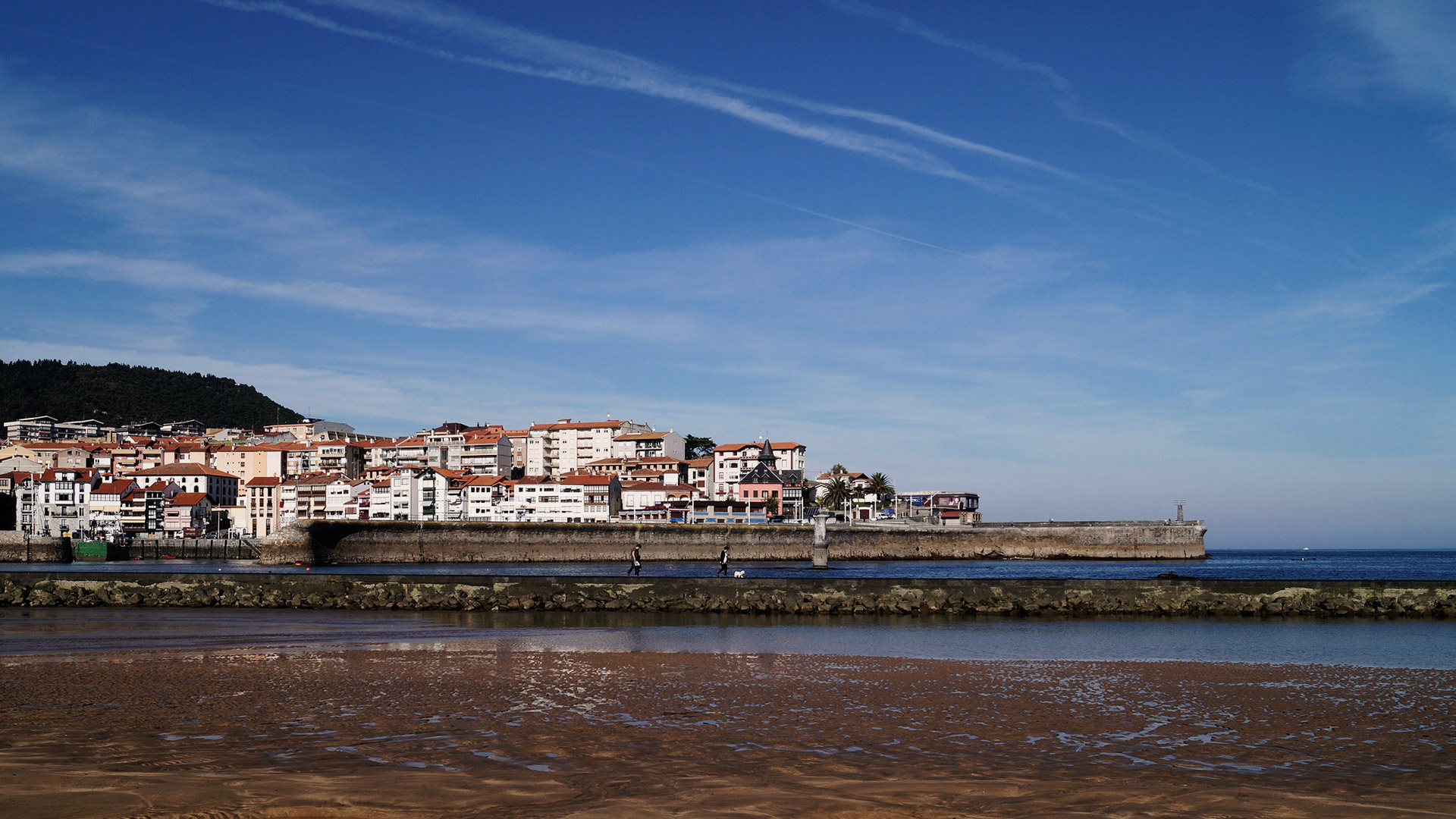
While the surrounding scenery is reason enough to visit the area, the old town in Lekeitio is full of interesting buildings and monuments. Although it dates back to 1325, nowadays it is divided into a shopping district and fishermen’s district.
Towering over the port is the Basilica of Asunción de Santa María, which stands on the site of a former temple which was consecrated in 1287 and is thought to have been Romanesque in style. Santa María is a magnificent example of late Basque Gothic architecture. A wonderful gold-plated, Flemish-Gothic altarpiece can be found inside. It was completed in 1514 and is the third largest altarpiece of its kind in Spain after those in the cathedrals of Toledo and Seville.
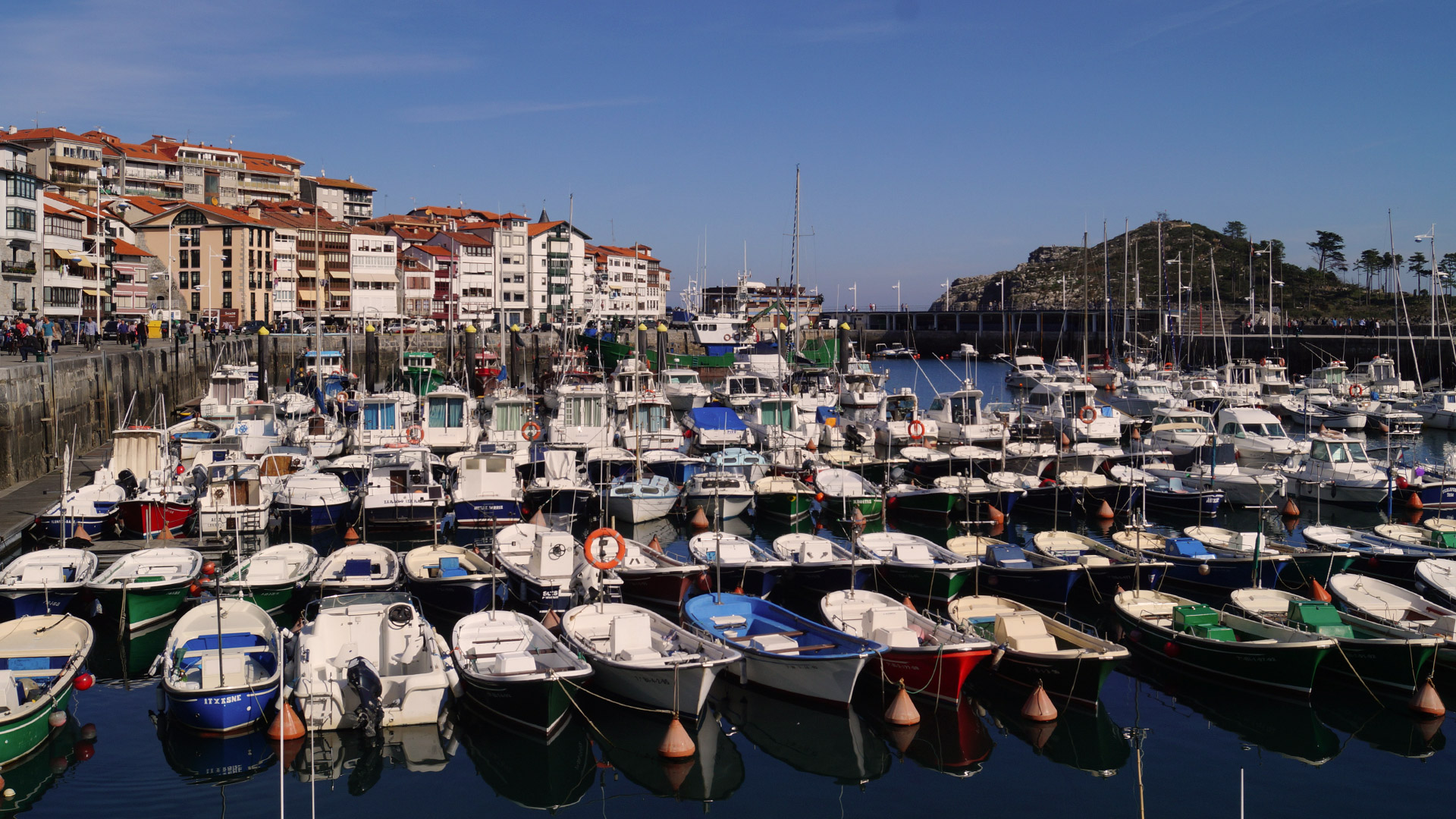
A Renaissance-Gothic style church, built in 1535, can be found in the Convent of Santo Domingo. Inside the church are two chapels: a 16th-century, Gothic-style one and a 17th-century Baroque-style one. Built in the 17th century, the Uriarte Palace is an example Classical Baroque architecture and also features a medieval tower which juts out over the roof.
The town hall is housed in another 17th-century Baroque building. Other interesting sites include the Oxangoiti and Arostegi palaces, the Turpin and Dorre Zaharra towers, the old fisherman’s guild, Plaza Arranegi, the Abaroa Palace, and the remains of the medieval town walls. It is also worth visiting the Church of San Juan Talako which offers an outstanding view of the coast.
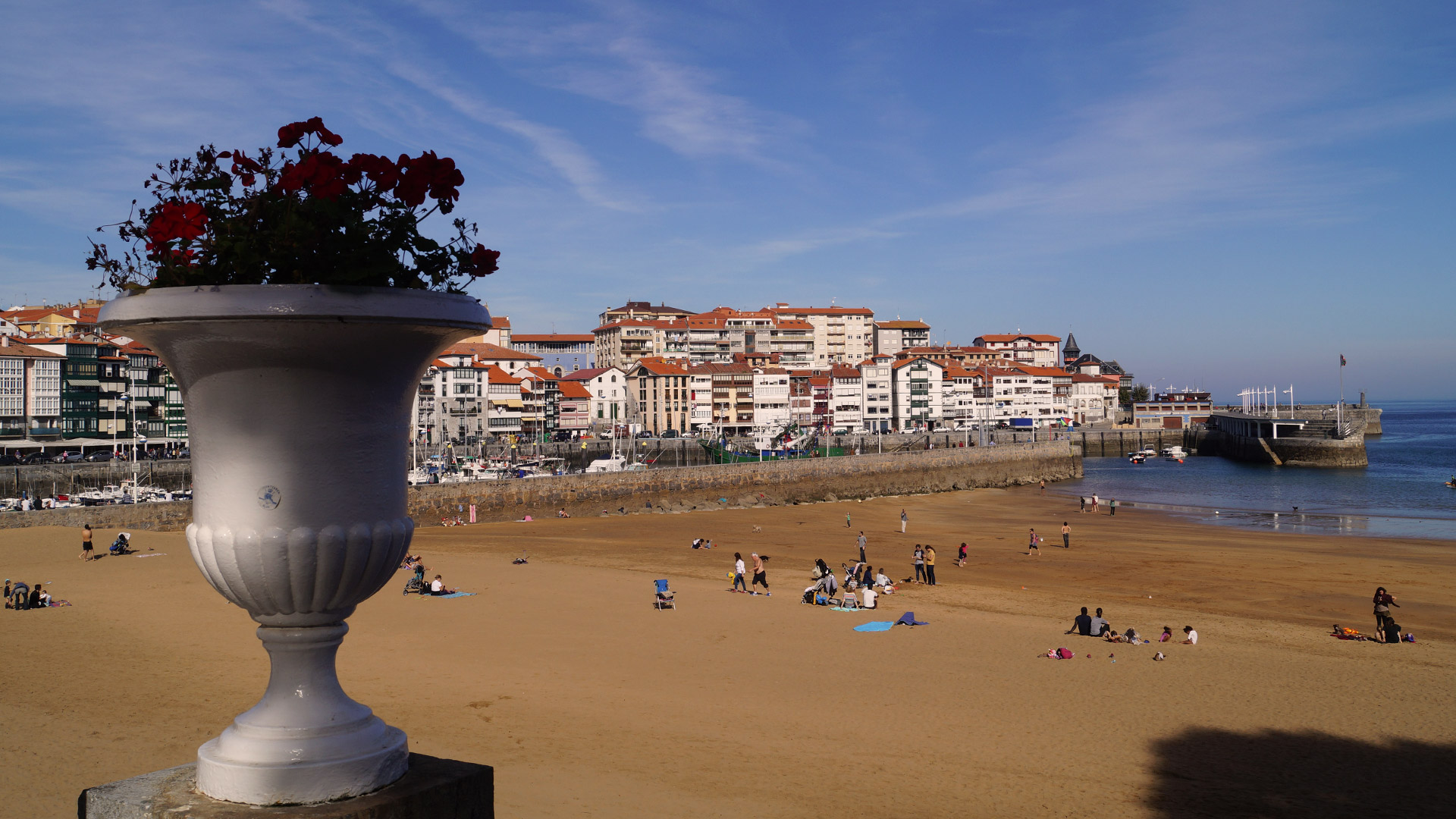
Understandably, Lekeitio has always had a close connection with the sea. The story of this cradle of seafarers, pirates, whalers, and merchant sailors is chronicled in the Maritime Interpretation Centre. Tours of the Santa Catalina Lighthouse (the only visitable lighthouse in the Basque Country), Sosoaga winepress, and Marierrota tide mill can also be arranged.
The island of St. Nicholas, or Garraitz as it is also known, stands opposite the town and is partially connected to it by an underwater barrier which emerges at low tide. It was built to keep the silt from the river out of the port. You can also walk to the island from the beach along the sandbar at low tide.
A range of cultural and sports activities such as the International Street Theatre Festival, classical and rock music festivals, rowing regattas, and agricultural and craft fairs take place throughout the year.
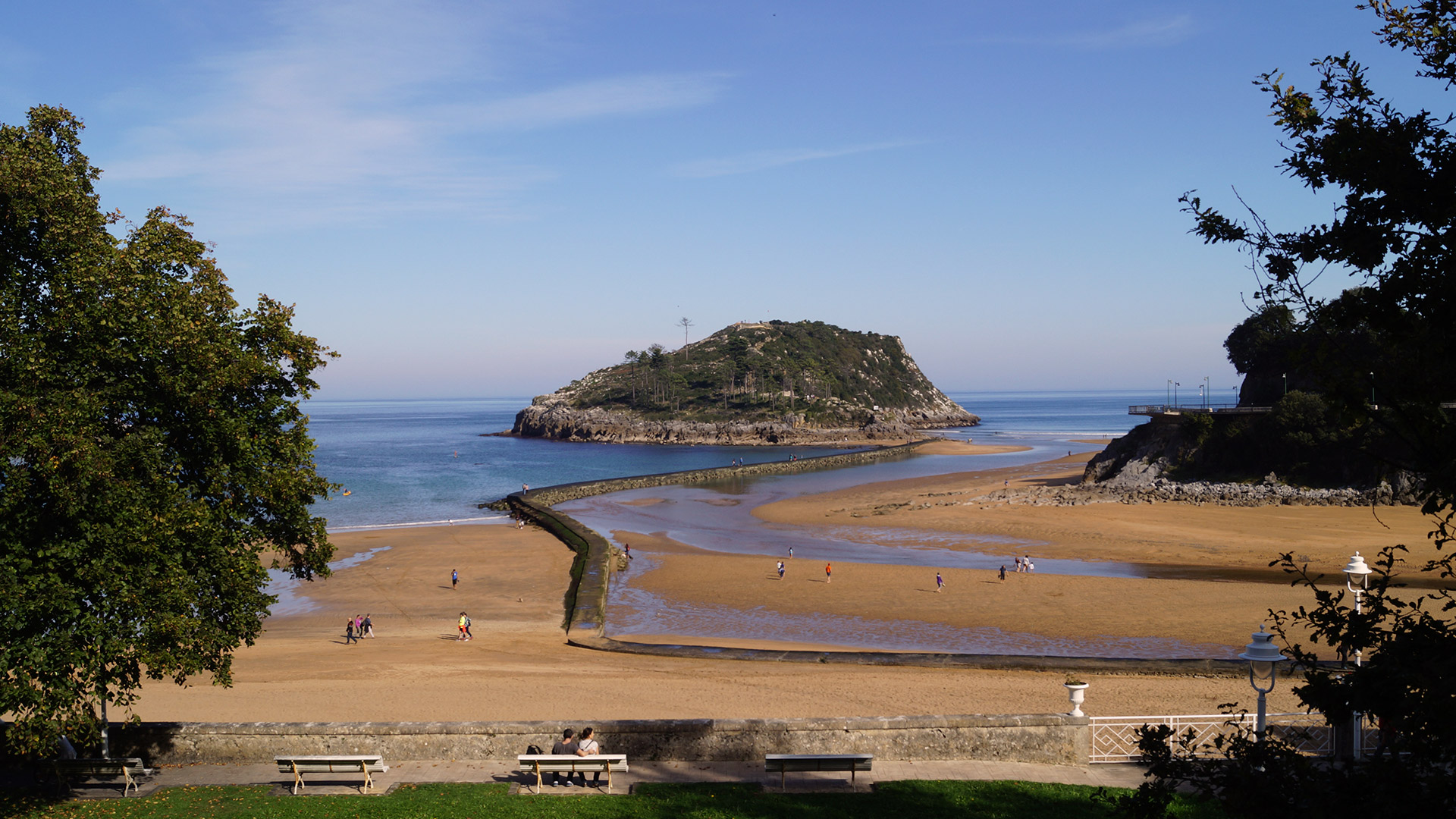
Autumn is also a good time for water sports such as kayaking, surfing, sailing, and scuba-diving, and also for horse-riding, mountain-biking, and hiking, and getting out into nature in general.
It is always time to enjoy the local fresh fish and seasonal produce, or to sample a few delectable pintxos. The quality of the local produce (fresh fish and vegetables), clothes, décor, and handcrafts on offer in the shops is excellent.
On the road from Gernika to Lekeitio, there is a small surfing beach near Ispaster called Ogella Ea. Other nearby towns worth visiting along the coast are Elantxobe and Ibarrangelua. Attractive inland villages include Amoroto, Gizaburuaga, Aulesti and Munitibar. Another lovely village, Mendexa, is located on the far side of Lekeitio, on the coast road to San Sebastian.
Don’t forget to stop along the way to take in the view, the people and the lore. And make sure you come back, just like Isabella II.


